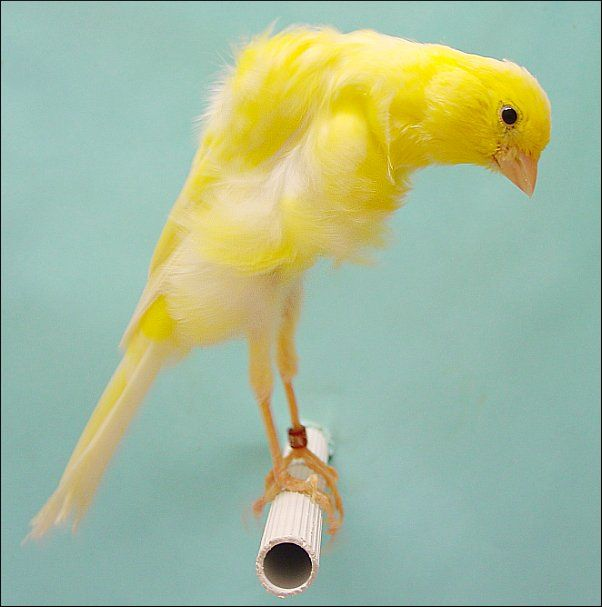Belgian Canary

Description
The Belgian Canary is a type bird and a 'bird of position' and is important in the history of canary breeding because it is, in part, the raw material from which the Yorkshire Canary was bred.
This canary was very popular from the early 1800s to the outbreak of First World War. The huge impact of this world war on Belgium triggered the decline of the breed, bringing it close to extinction in its homeland.
The original Belgian was a large bird - over 7 inches long - but the modern bird is in fact quiite small -hardly larger than a Roller canary.
The Belgium Canary remains one of the epicentres of canary culture with many thousands of fanciers
Scientific Name
Serinus canaria
Country Of Origin
Belgium
Size
6.75 inches
Life Expectancy
up to 10 years
Noise Level
Quiet
Talk / Trick Ability
Canaries are kept for their singing ability and antics.
Characteristics
The Belgian canary is intended for more advanced bird enthusiasts. They tend to be nervous and high strung, and therefore do better in an environment in which this behavior is understood. Belgian canaries tend to be quite timid, and do not tend to breed as easily as other colorbred canaries.
The Belgian canary is intended for more advanced bird enthusiasts. They tend to be nervous and high strung, and therefore do better in an environment in which this behavior is understood. Belgian canaries tend to be quite timid, and do not tend to breed as easily as other colorbred canaries.
Behavior / Health Concerns
The Belgian canary does well in either cages or aviaries. They are on the timid side and should not be housed together with parakeets, lovebirds or other hookbills that tend to be more aggressive. Additionally, males can be territorial and should be kept separately. They like to bathe daily and should be given water to do so. Their environment should not be wet, cool or drafty, and if they are given space to sunbathe, they should also have a shaded area to protect from too much sun. Keep perches clean to avoid any foot problems.